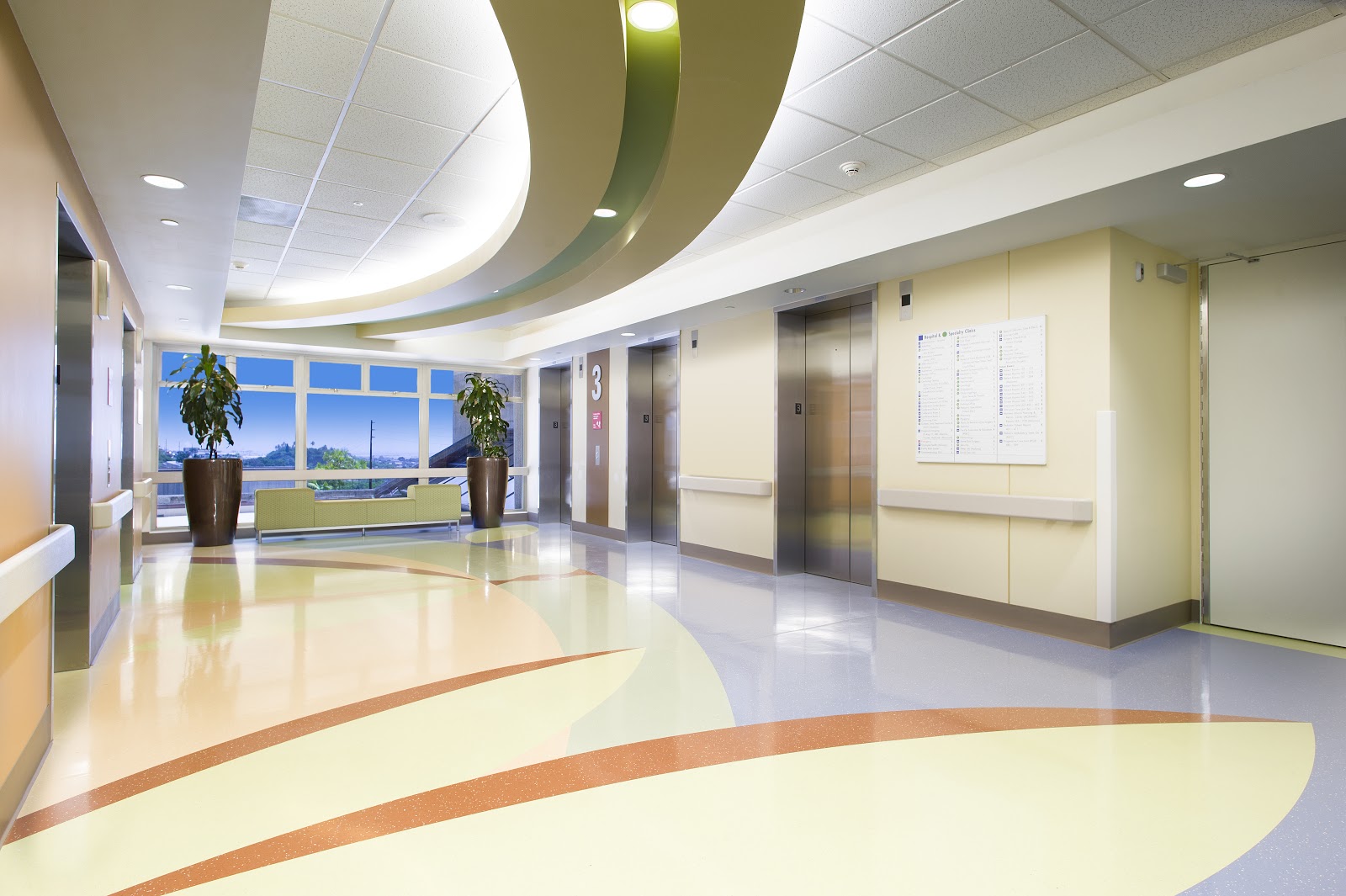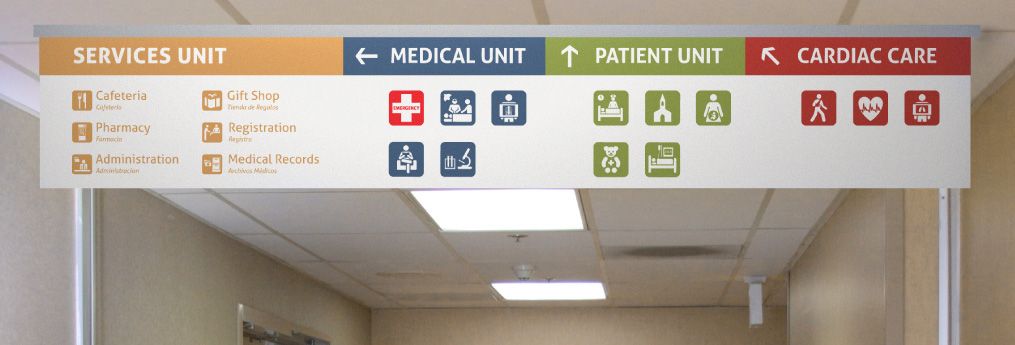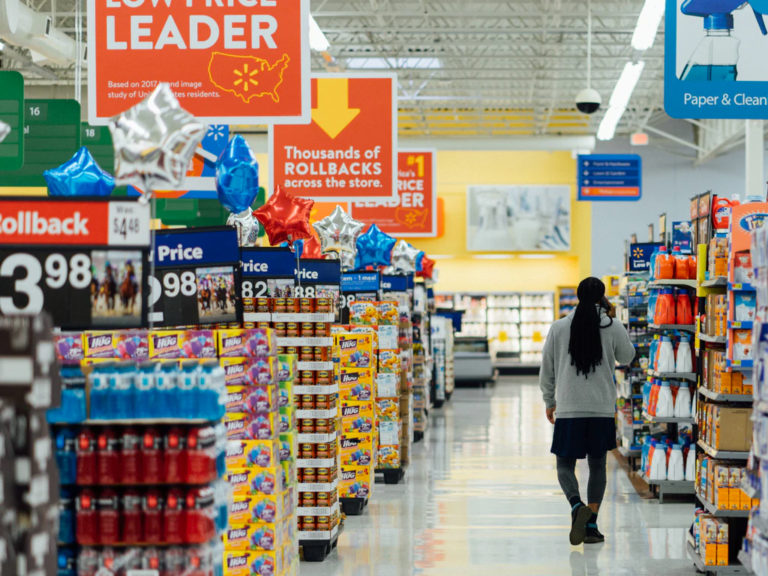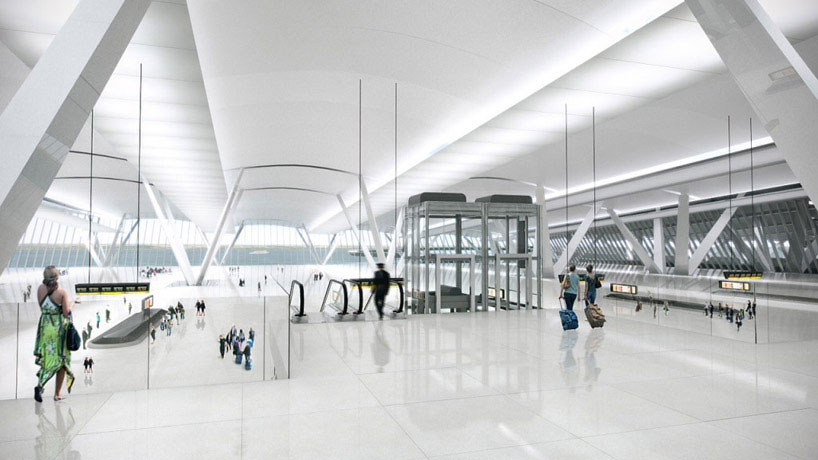Think of a time when you got lost in an unfamiliar location. Whether it was a city’s subway system, hospital, airport, or retail space, how did it feel when you were suddenly turned around and disoriented?
When people travel to unfamiliar places, they require clear wayfinding signage to navigate their way to their destination. Without the right wayfinding designs to guide them, the surrounding space can become confusing and lead to increased levels of stress and anxiety.
Without the right navigational tools, frustration can quickly set in.
This can negatively affect the user experience and the consumer’s perception of your business. This is particularly true for large commercial spaces like shopping malls, department stores, sports arenas, and office buildings.
While wayfinding signage is required in all built spaces, certain industries require more wayfinding solutions to provide better visual communication with their users.
Here are five industries that truly benefit from having clear and effective wayfinding solutions.
1. Healthcare
Providing efficient medical care is more than just ensuring patients receive the right treatments and see the right medical professionals. If non-medical emergency patients don’t know how to navigate a medical facility, how are they meant to receive the care they need?
Visitors who are injured or are in distress must be able to see visual cues (wayfinding signs) to avoid getting lost and exacerbate their existing condition. Rising levels of confusion and frustration can result in increased perceptions of pain, anxiety, and stress.
An effective hospital wayfinding solution is necessary for patients, hospital guests, and visiting healthcare professionals to efficiently locate the department they require. Effective wayfinding is not only used for navigational purposes but can also be an incredible branding opportunity that boosts patient satisfaction.
Incorporating wayfinding into the look, feel, and style of the healthcare facility can produce a great patient experience.
What is typically considered a frustrating ordeal (navigate a medical facility) can become an empowerment tool, allowing patients and their families to focus on what matters: their medical care.
This is especially true on pediatric wings where young patients can feel overwhelmed by being in a potentially scary and unfamiliar setting.
By planning and designing a wayfinding solution that seamlessly blends into the facility’s branding, patients and visitors alike alleviate their stress and are more empowered to navigate their unfamiliar surroundings.
2. Education
Wayfinding also plays a vital role in the educational environment. Successful wayfinding in education facilities must effectively meet the needs of a diverse user population, ranging from staff and students to visitors and contracting employees.
Language barriers, accessibility, and safety and security must also be addressed as part of the wayfinding design process.
Having clear and distinct directional signage and informational signage provides several benefits.
Wayfinding signage can be an important recruitment tool for the onboarding experience. Most first-time visitors to a school campus will feel overwhelmed. Providing identifiable visual cues of where key points of campus are will allow visitors to quickly navigate their surroundings.
The ease of familiarity will go a long way in creating a sense of school pride.
Wayfinding solutions can also be used to enhance the visibility of certain campus features. Great signage can be a subtle marketing tool to direct students to key social spaces like the gymnasium, cafeteria, or auditorium.
This allows students to engage with their peers, developing a deeper sense of community within the student body.
Safety and security is also an important feature that must be highlighted through wayfinding. In the event of a fire, staff and students must be able to quickly and safely evacuate a building. Wayfinding signage is critical in these moments, reducing the risk of danger.
3. Retail
Retail wayfinding is a complex practice that can be experienced across multiple aspects of the retail environment. Wayfinding signs can be found in a store’s visual merchandise, brand-specific product displays, and even the customer experience design.
Retail spaces like shopping malls, showrooms, and supermarkets can use wayfinding to encourage sales and boost brand appeal.
Furniture giant Ikea is famously known for incorporating wayfinding designs typically found in transport facilities like subways and airports to their retail environment. Their graphic and typography approach to wayfinding encourages visitors to explore their whole showroom.
Rather than the traditional grid or racetrack layout found in most stores, Ikea created purposefully designed passageways that allow their customers to fully navigate their entire range of products.
While customers can certainly take shortcuts to their desired destination, the store experience feels more like a museum, allowing visitors to check out all of the products available on this display.
In this manner, Ikea defines key spaces they want to highlight to their visitors.
As part of their customer experience design, Ikea incorporates wayfinding into the purchasing funnel, allowing visitors to remember the products they want to buy with a simple-to-remember numeric system and convenient note-taking stationery.
4. Transportation
Public transportation systems are the skeletal backbone of many cosmopolitan cities. From London and New York to Hong Kong and Tokyo, public transportation is used by many residents to travel throughout their city.
Wayfinding in transportation systems serves as an information network, deploying the necessary amount of information to inform riders of routes and other pertinent service information.
For visitors to a foreign city, ineffective wayfinding signage can transform a public transportation network into a perplexing labyrinth. Even residents will sometimes require wayfinding information to successfully board the right train or safely find the exit.
For wayfinding to be effective in a complex environment like public transportation, the placement and design of the signs is critical. It must effectively communicate the most logical directions and the maximum information using minimal signals.
Wayfinding must also be discrete, allowing riders to effectively notice their presence when they need to be consulted. They must also coexist within the existing system and the spatial planning of the environment.
Signage is also required to be universally understood to avoid potential language barriers or accessibility issues. The use of pictograms, large typography, nomenclature, and color codes must blend with the existing system to ensure positive user experience.
5. Airports
Airports must effectively manage the flow of passengers from arrival to departure to ensure passengers experience a pleasant journey no matter what terminal they’re in. Greater satisfactory levels can result in creating profits as passengers are more willing to explore and spend while they wait for their boarding time.
The opposite reaction is equally true. If airports are a logistical nightmare and passengers are disoriented, the overall airport experience declines. In many cities that are serviced by competing airports, passengers can simply choose a different airport or airline.
As airports serve as vital transit centers, similar to public transportation networks, intuitive wayfinding systems are necessary. A focus on visual elements like pictograms and color codes ensures all passengers can understand the directional and informational signage presented.
Fixed wayfinding points can also assist passengers in engaging with wayfinding signage. Simply knowing how to get to their destination imbues passengers with confidence, allowing them to effectively plan their route.
This not only results in increased satisfaction levels but also provides the airport with secondary commercial benefits.
Conclusion
Regardless of the industry, wayfinding serves a necessary function. The industries above show how vital wayfinding can be in assisting users to make quick navigational decisions regarding their surroundings.
Without a comprehensive system in place, built environments could easily prove to be a navigational nightmare.
But as each industry is as diverse as its user base, no single solution will fit all. Partnering with a wayfinding design consultancy firm will enable businesses to find the appropriate toolset that will deliver a clear and effective wayfinding system that enhances the user experience for all.
AUTHOR BIO
Zak Zakaria is a Waymaker at dezigntechnic in Dubai who also previously worked as the company’s Graphic Designer and Art Director. Zak is a creative with work experience in multiple multinational agencies such as JWT and Saatchi & Saatchi. Signage design is a family business, making Zak’s personal experience with signage his longest professional commitment.




